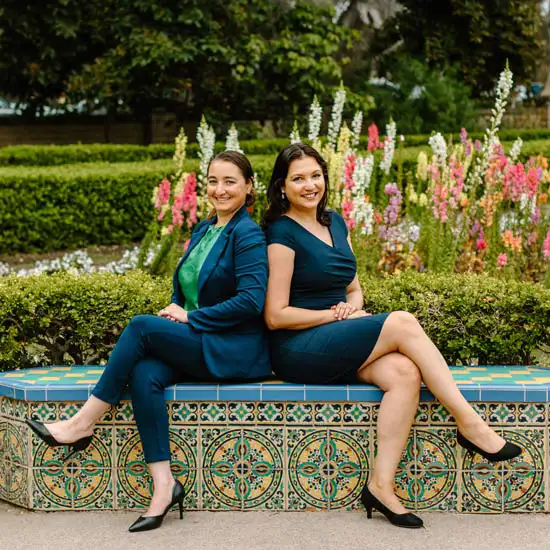Brief History of Gay Marriage in California
Same-sex marriage has been legal in California since June 28, 2013. The State of California first issued marriage licenses to same-sex couples from June 16, 2008 to November 5, 2008 as a result of the Supreme Court of California ruling in In re Marriage Cases holding that prohibiting same-sex couples from marriage violated the California Constitution. After this, the issuance of marriage licenses was halted from November 5, 2008 through June 27, 2013 (though existing same-sex marriages continued to be valid) due to the passage of Proposition 8, a state constitutional amendment barring same-sex marriages.
Prop 8 was subsequently overturned and the granting of same-sex marriages recommenced following the U.S. Supreme Court’s decision in Hollingsworth v. Perry, which restored the effect of a federal district court ruling that overturned Proposition 8 as unconstitutional. Nationwide, in 2015, the Supreme Court ruled in Obergefell v. Hodges that states must allow same-sex marriage and recognize same-sex marriages performed outside of the state.
Same-Sex Divorce
With the ability to get married comes the ability to get divorced. Does California treat same-sex marriages any differently than marriages between men and women?
No, California treats same-sex marriages the same as marriages between men and women; under California law, all marriages, regardless of the gender of the people involved, are considered equal and have the same legal rights and protections as marriages between opposite genders. So a same-sex divorce is treated no differently in California.
What About Domestic Partners in California?
Domestic Partnerships, on the other hand, are still not equal to marriage in terms of benefits and protections awarded to the partners. To enter into a domestic partnership, you and your partner to be must go to the city or county clerk’s office to get the registration form, provide proof of ID and residence, and pay the application fee. Here are some other requirements needed to enter into a domestic partnership in California:
As of January 1, 2020, there are no restrictions on the sex of the partners, both partners must be at least 18 years old; and
- Have a common residence;
- Agree to be responsible for each other’s basic living expenses;
- Not be married or in another domestic partnership; and
- Not be related by blood too closely.
Here are some major differences between marriage and domestic partnerships. Domestic partnerships do not allows:
- Domestic partners cannot file federal taxes jointly.
- Domestic partners are not entitled to community property division based on the California Family Code.
- Domestic partners cannot sponsor their partner for immigration.
- Domestic partners are not entitled to each other’s social security or pension benefits.
Overall, a marriage is a partnership. However, not all partnerships are created equal. Know the difference between marriage and domestic partnerships and that there is no common law marriage in California. Titles are important, both in relationships and in the eyes of the law.
Are you looking for counsel in your same-sex divorce? Burgos Santoyo Smith welcomes all, and we are honored to support you in this difficult time of transition. Contact us for a consultation today!

